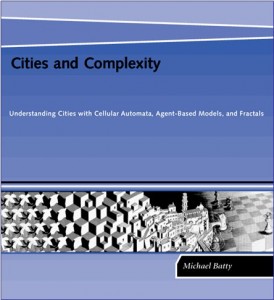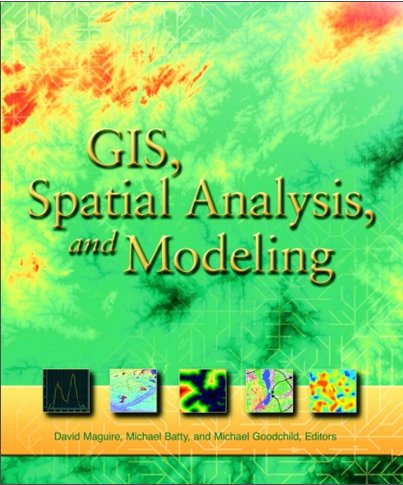The fourth lecture continues our discussion of the first kind of scaling – scaling within sets of different sized objects. These are represented by rank size laws. We first digress to talk about terminology – short and long tails – and then we examine four different size distributions – surnames, high buildings, incomes, and firm size. This sets the context for a discussion of how populations scale with other attributes using 366 SMSAs in the US from 1969 to 2008 and this introduces our second type of scaling – scaling of one attribute of an object – size with other attributes. This is allometry which in essnese measures changes of shape as objects grow or decline in size where the attributes in question are geometric. We generlaise this to economies of scale shoring that as cities become larger, they have positive allometry with respect to their income and creative pursuits and negative allometry with respect to physical quantities such as roads. We look at population and land areas and conclude with some comments on the allometry of surface areas and volumes of buildings.
Here is the lecture. Click on the Full-text PDF size: 678 Kb or on the adjacent image. The lecture was first given on Monday 24th October and posted the same day. It develops our second focus on scaling – related to allometry .Refer to the updated Bibliography page for more material.









